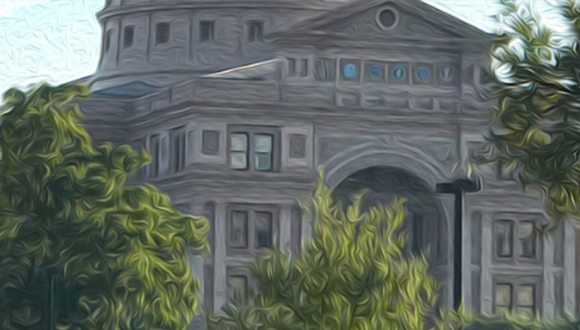
On September 5, the Texas Commission on the Arts (TCA) approved three new Texas cultural districts, bringing the total number of cultural districts in Texas to 43. Envisioned as special zones designated to harness the power of cultural resources for economic development and community revitalization, Cultural Districts can become focal points for generating business, attracting tourists, stimulating cultural development and fostering civic pride. The three newly approved districts — Longview Cultural District, Original Denton District, and The Downtown Beaumont Cultural Arts District — all celebrate their designations this month.

The first of the three celebrations will be Longview Cultural District, which will hold its event in conjunction with ArtWalk Longview. There will be an official proclamation at 4:30. The event is from 4:00 – 8:00 pm on Thursday, October 10

The Original Denton District embraces and showcases Denton’s wealth of cultural assets for economic development and cultural tourism, as well as serving as an avenue for unified support for the arts and culture. The district is located in downtown Denton, where the community first began. The area encompasses the creative people, unique places, and authentic cultural resources that make Denton unusual and eccentric in the best way. Assets include over 300 artists living or working in the district, over 20 live music venues, Denton Community Theatre, museums, gallery spaces, and over 50 murals, sculptures, and other art works.
The Downtown Beaumont Cultural Arts District closes out the month of proclamations, and will be a part of Beaumont’s month-long ARTober celebration, with the event Eat-a-Bug Free Family Arts Day at the Art Museum of Southeast Texas. Tony Chauveaux, the National Endowment for the Arts’ Deputy Chairman for Programs and Partnerships, will be among the dignitaries in attendance, and the proclamation will come at noon.



3 comments
What I want to know is what the benefit of being designated a cultural district is? I know there are some grants associated with it (which is a tangible benefit), but wouldn’t those TCA grants be available to arts institutions even if they weren’t in a cultural district? I work in the Theater District in downtown Houston, which is one of the TCA’s cultural districts. But it would still be an arts district even if the TCA never designated it so. Is the TCA’s game to find already existing arts neighborhoods and designate them cultural districts ex post facto? I guess that’s nice, but so what?
Hi Robert! This is Laura from TCA.
I agree! The Houston Theater District was an arts district long before TCA was given the authority to designate districts in 2005 by the Texas Legislature. When we launched the designation program, we invited the handful of established arts districts from around the state to join the program. Typically, a district will work with TCA staff for years on the process. This involves things like conducting a community assessment of assets and amenities, convening local leadership, identifying funding, building a governance structure, developing a marketing plan, looking at walkability and wayfinding, capturing data and ROI, and developing long range plans. The intent of the program is to designate special zones in cities and Texas communities that harness the power of cultural resources to stimulate economic development and community revitalization. Today we have 43 designated districts across the state.
Separate from the designation process is a grant program open only to arts organizations located a TCA cultural district. The legislature gave us *$5M in new funds* to support significant arts activities and enhancements in the districts. Houston arts organizations, from 5 different districts, were awarded $1.8M through this grant program last month. None of these grants would have happened without the cultural district designation program.
Robert, no. The particular pool of funds available to designated districts is only available to projects that occur within the districts. The designation also adds credibility to districts and attracts more visitors.